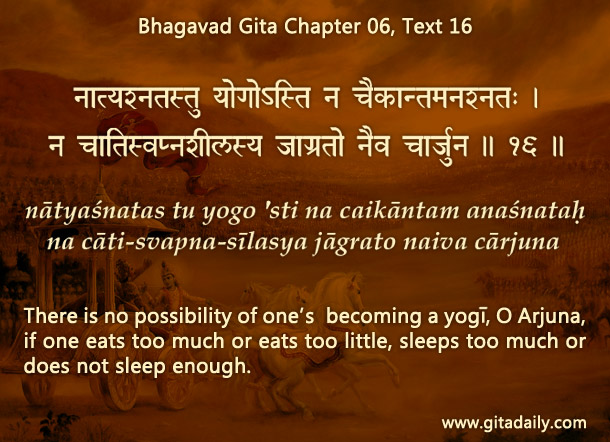Some people ask, “The Bhagavad-gita teaches that killing is ok because the body is anyway going to die. Isn’t such a teaching a license for indiscriminate violence?”
No, the Gita’s rationale for a righteous war is not the destructibility of the body or the indestructibility of the soul, but the necessity of protecting dharma at all costs. Such protection may require violence when miscreants have grabbed power unscrupulously, and virtuous people have been exploited and abused, as the vicious Kauravas had done to the Pandavas at that time.
In fact, the same Gita that is mistakenly deemed a violence-instigating book recommends qualities such as non-violence (16.02) and tolerance (18.42), which comprise clearly the opposite of a license for the body’s wanton destruction. Further, the Gita (06.16) disapproves extremes in handling the body such as eating too much or too less, or sleeping too much or too less. And this disapproval applies even for renounced yogis dedicated to transcending bodily consciousness, what to speak of engaged householders.
Overall, Gita wisdom sees the body as a vital and indispensable tool for pursuing dharma, which ultimately aims to raise us from bodily consciousness to spiritual consciousness. Due to this dharmic value of the body and also the karmic principle of not causing pain to other living beings, the Gita mandates the protection of the body, our own body and others’ too.
But sometimes for the sake of protecting dharma, the bodily destruction of those hostile to dharma is required. In those cases, the Gita sanctions such necessary corrective action, while protecting us from sentimentality by reminding us that the essential person is indestructible.
Thus, Gita wisdom stresses the body’s destructibility and the soul’s indestructibility just so that one can unsentimentally pursue dharma, which in Arjuna’s specific case called for violence and which in our case will most often call for tolerance.

Explanation of article:

Leave A Comment